In the dynamic world of leadership, continuous growth is the name of the game. To elevate your leadership capacity and reach new heights of success, you need a winning combination of ambition, strategy, and relentless self-improvement. Here are three powerhouse strategies to supercharge your leadership journey:
Leadership begins with the thirst for continual knowledge. There's no better way to expand your mind than through the pages of a book. By committing to just 10 pages a day, you can devour a 300 page book in a month and up to 12 books a year. Imagine the wealth of insights, strategies, and inspiration waiting to be discovered within those pages. Whether it's timeless classics or cutting-edge bestsellers, make reading a daily habit to fuel your growth and sharpen your leadership skills.
True leaders never stop learning. Investing in your development is not just a smart move—it's essential for staying ahead of the curve. Dedicate yourself to taking at least one training or development program each year. Whether it's a workshop, seminar, or an industry conference, seeking opportunities to hone your skills, broaden your knowledge, and refine your leadership style. By continuously upgrading your toolkit, you'll position yourself as a dynamic and adaptable leader ready to tackle any challenge head-on.
Learning by yourself will always limit yourself and every great leader has a strong support system. Joining a mastermind group is like adding rocket fuel to your leadership journey. Surround yourself with like-minded individuals who share your passion for growth and excellence. Through regular meetings, brainstorming sessions, and accountability check-ins, mastermind groups provide a powerful platform for collaboration, feedback, and mutual support. Together, you'll challenge assumptions, share insights, and hold each other accountable to reach new heights of success. Having a group of individual business leaders has helped me to grow my business more than if I tried to do everything on my own.
Leadership isn't just about having a title—it's about having the vision, courage, and commitment to inspire others and drive meaningful change. By harnessing the power of reading, investing in your development, and leveraging the collective wisdom of a mastermind group, you'll turbocharge your leadership capacity and unlock your full potential. So, what are you waiting for? It's time to step up, stand out, and lead with confidence and conviction.
Have a great week!
“Businesses wonder why it is still hard to be thought of as the brand of choice with the best customers and top employees. How can our business make more profitable transactions and stay out of the commodity battle with low profits? How can we land and keep top talent in our organization with the salary wars. Kevin teaches your sales and leadership teams how to build the key ingredient to be successful with their relationships and take your goals to the next level with high levels of engagement.
Kevin’s website: www.kevinsidebottom.com
Kevin’s email: kevin@kevinsidebottom.com





















